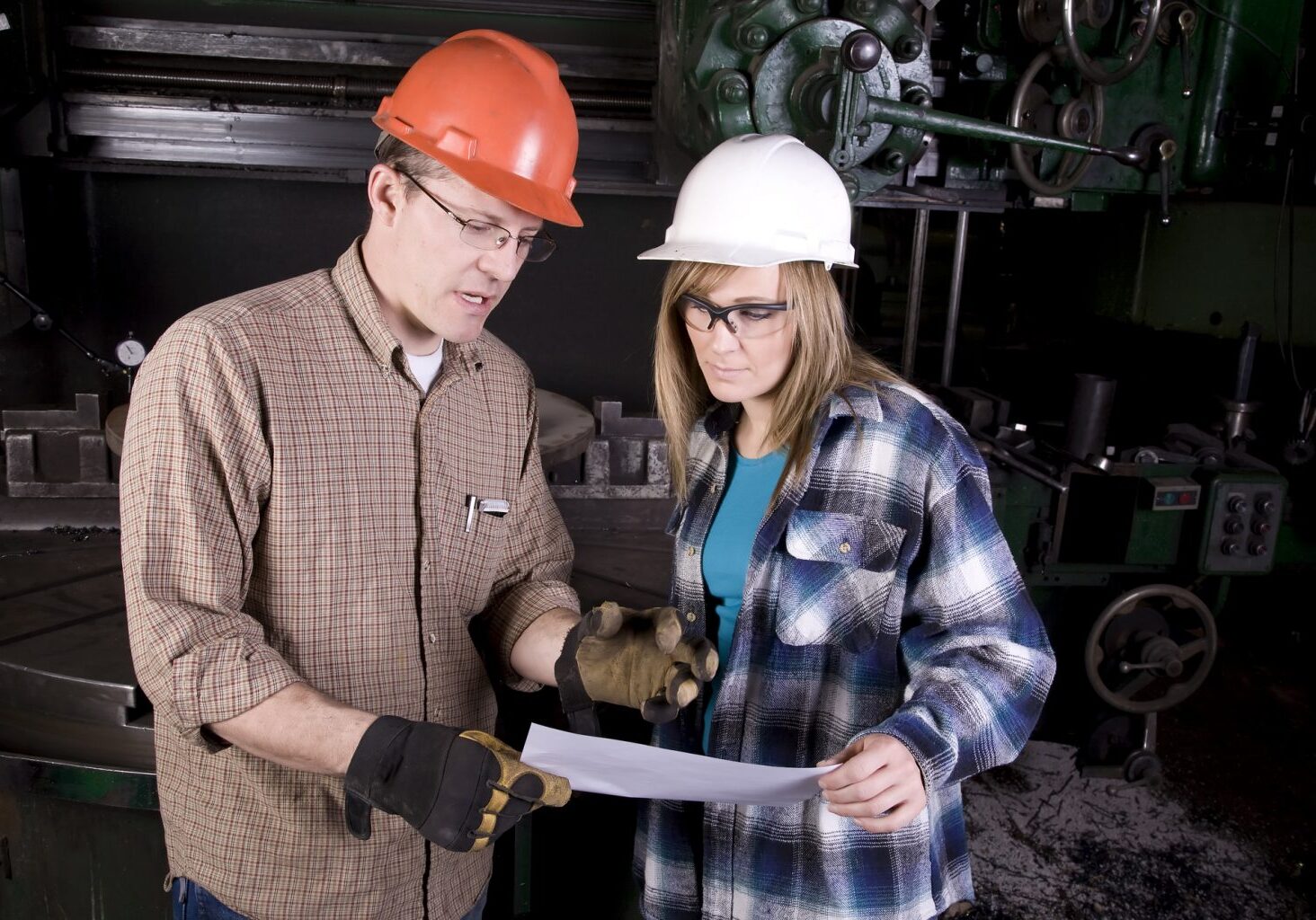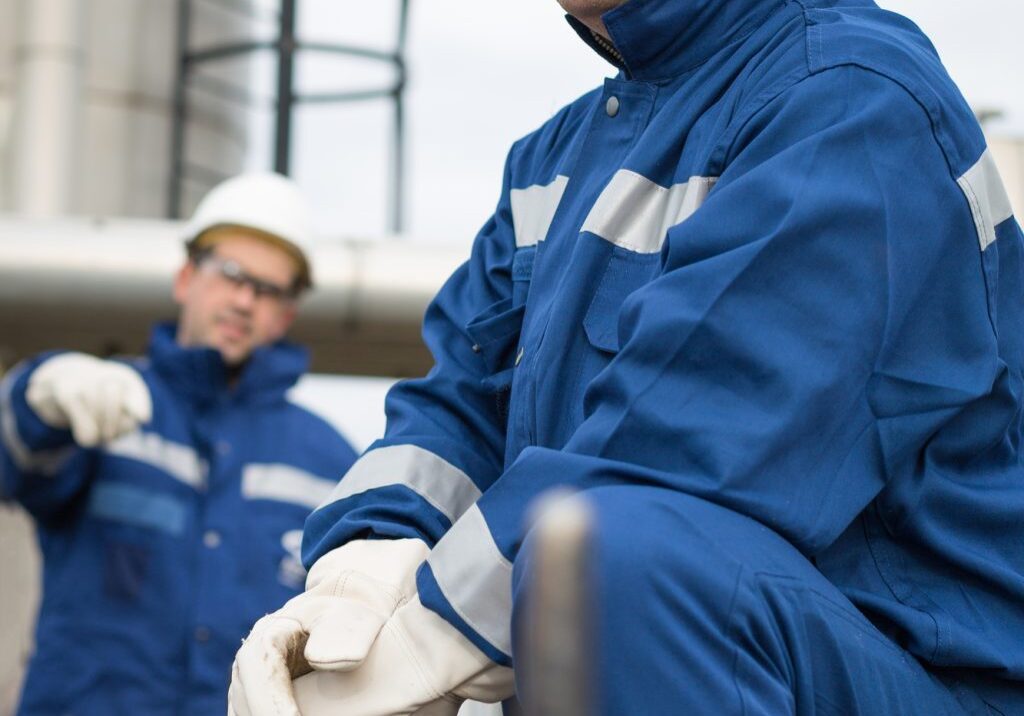
Maintaining and servicing turbines is an important part of keeping them in operating condition and extending their lives. In machinery-intensive industries, preventative maintenance ensures that any minor faults are corrected before developing into major defects that cause costly downtime. Regular alignment testing is essential to avoid unscheduled turbine repairs.
The problem with misalignment is…
Well, everything, actually. Misalignment is the number one cause of turbine and rotating equipment failure. When shafts are not aligned properly, they cause excessive vibration, rotor bending, and cascading impacts that lead to premature bearing failure and reduced seal life. Because misalignment is a condition that compounds itself, if left unchecked, can cause total equipment failure and replacement.
Why is precision shaft alignment important in turbines?
Precision shaft alignment should be an integral part of any preventative maintenance program. By actively monitoring components and conditions, machinery owners can expect to reduce the number of unexpected turbine repairs they normally experience. These components and conditions include flow rate, vibration, lubricant and lubrication, rotor speed, rotor load, rotor power, auxiliary system operation, and noise levels. Changes in these elements can help detect early alignment problems. Many factors can cause shaft misalignment in turbines – thermal growth changes, piping strain, and even misalignment during installation or refurbishment.
A balancing act
Alignment means getting the centerline of the motor shaft in line with the centerline drive shaft. With misalignment, a technician is measuring exactly how far about the two It can seem that preventative maintenance cuts into operations, but reducing turbine repairs means across the board cost savings. Shafts can be misaligned on the parallel – known as an offset or radial, and angular– considered a gap misalignment. Parallel and angular misalignments are further designated as vertical or horizontal. In parallel vertical misalignment, the motor shaft is moving vertically away from the drive shaft while both shafts are still on the horizontal plane. With parallel horizontal, the shafts are on the horizontal place and parallel, but moving away from each other horizontally. In angular vertical misalignment, the shafts are at angles to each other, but both remain on the vertical plane. In angular horizontal, the opposite holds true – the motor shaft and pump shaft are at angles to each other, but are both still in the horizontal plane. Misalignment can be caused by offset, angular, or a combination of them both. There are two ways to perform alignments: static and dynamic.
Static
Much like aligning the equipment when first installed, shaft alignment occurs while the machine is at rest. Static alignment is the best time to address soft foot issues, excessive misalignment, and bring the system back within optimum tolerance ranges.
Dynamic
Shaft alignment is performed while the machinery is still operating. Of the two types of alignment procedures, this is preferred as technicians are able to measure changes, thermal growth, and shaft movement during the equipment’s operation. With dynamic alignment, a machine’s “cold-to-operating” tolerance is identified and included in alignment specifications. This helps to create accurate tolerance variances for active monitoring.
A word on tolerance variances…
No matter how the alignment is achieved, it is important to remember that most machines are very precise when it comes to how much (or really how little) of an alignment variance they will tolerate. This is why precision shaft alignment is so essential to turbine maintenance and repair.
For all your turbine and rotating equipment needs, turn to Houston Dynamic Service. We have over 35 years of experience in rotating equipment engineering. We are an ISO 9001 compliant steam turbine repair shop servicing many different industries. Our goal is to getting and keeping your rotating equipment running at peak performance. Contact us to see why we are the leading non-OEM repair specialists!
Share this post:



